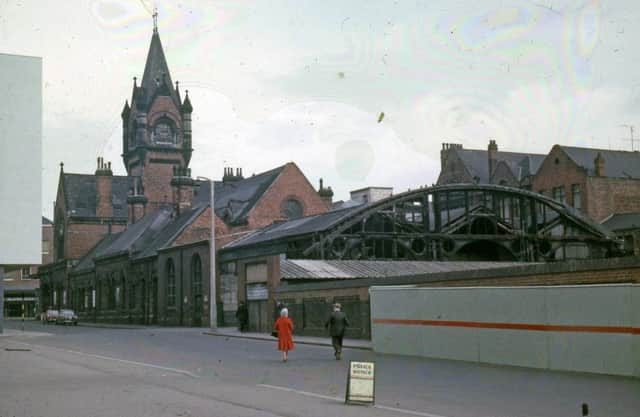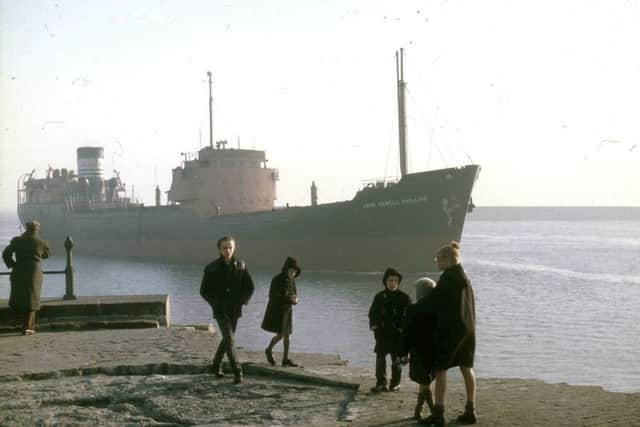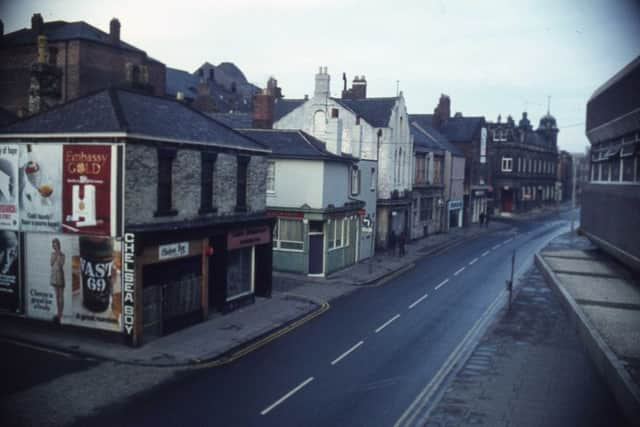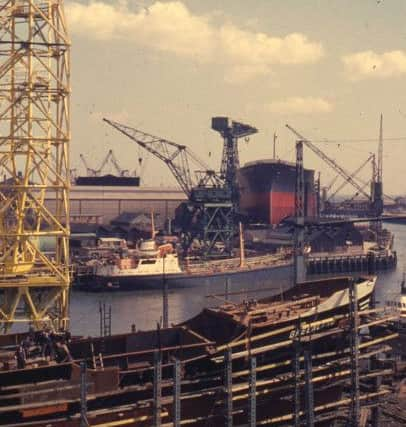10 amazing colour pictures which bring old Sunderland to life


Russell Pyburn captured the changing face of Sunderland on colour slides from the 1960s to the 1980s, documenting demolitions, revamps, shipbuilding and industrial scenes. But his snaps have remained shut away in wooden boxes for years – until now.
Russell’s grandson, David Smith, said: “My grandfather sadly passed away in 2007 and, while sorting out his flat in Durham, my mother Jacky and my Uncle Brent found over 200 slides.


Advertisement
Hide AdAdvertisement
Hide Ad“At the time I was living down in Leeds but, since moving back up here, I’ve started sorting through them. I find them fascinating, and thought readers might like to see some.”
Thomas Russell Pyburn, who was always known as Russell, was born on October 20, 1921, to Wearside businessman Thomas and his wife Agnes Eleanor.
His early childhood was spent living in a flat above his parents’ pie shop in High Street West – a store well known, and well loved, for its special Pyburn pies and saveloy dips.
“Apparently the nearby police and fire station provided plenty of regular customers!” said David.


Advertisement
Hide AdAdvertisement
Hide AdRussell first took up photography in his teens, but his hobby was curtailed by the outbreak of war – when he was posted to Lincolnshire as an RAF aircraft fitter servicing Lancaster bombers.
It was in Lincolnshire that he met his future wife Charlotte (known as Pat). They married shortly after the end of the war and had two children, first Jacqueline and later Brent.
“On de-mob in 1945 my grandfather found work at Sunderland Registrar Office before transferring to the local tax office – where he remained until his retirement in 1981,” said David.
“After the war he resumed his hobby with great enthusiasm, and joined the Sunderland Photographic Club – occasionally having his work exhibited in the Sunderland Art Gallery.


Advertisement
Hide AdAdvertisement
Hide Ad“He spent most of his free time walking the Sunderland area taking in the wildlife, people, culture and industrial areas of the then famous shipbuilding town.”
Although Russell remained interested in photography throughout his life, he switched the focus of his hobby to Durham in later years – after moving to Belmont following his retirement.
He died in Durham in April 2007, at the age of 85, but his memory lives on through his photographs.
“I thought it would be lovely to see a few of his slides printed, as photography was his main hobby. There are some excellent ones of the shipbuilding that once dominated Sunderland,” added David.